Adrenosterone (androst-4-ene-3,11,17-trione) CAS: 382-45-6 Bodybuilding Efficient and Safe Delivery
Quick Detail:
Product Name:Androst-4-ene-3,11,17-trione
Synonyms:Androstenetrione
CAS Number:382-45-6
Molecular Formula:C19H24O3
Molecular Weight:300.3921
Density :1.18g/cm3
Payment term: Western Union; T/T; Moneygram; Bitcoin
Delivery:3-5 working days
Packagel:Disguised package
Description:
Adrenosterone is a steroid hormone with weak androgenic effect first isolated in 1936 from the adrenal cortex. Adrenosterone occurs in trace amounts in humans as well as most mammals and in larger amounts in fish, where it is a precursor to the primary androgen, 11-ketotestosterone. Adrenosterone has shown to be converted into 11-ketotestosterone in humans, which contributes to adrenosterone’s androgenic effects.
Adrenosterone’s main action is it lowers cortisol levels. Cortisol is the main catabolic (muscle-eating) hormone and it also promotes fat gain. Cortisol and testosterone also work in an inverse relationship, so high cortisol levels lower . Adrenosterone acts as a competitive inhibitor, preventing cortisone from attaching to the 11b-hydroxysteroid dehydrogenase type I reductase. By competing at the receptor, it keeps cortisone from attaching and converting to cortisol through the enzyme. Adrenosterone is found naturally in the body and is released by the adrenal glands. The body uses it as a way to help regulate cortisol levels
Application:
1. Adrenosterone’s main action is it lowers cortisol levels. Cortisol is the main catabolic (muscle-eating) hormone and it also promotes fat gain.
2. Cortisol and testosterone also work in an inverse relationship, so high cortisol levels lower testosterone. Adrenosterone acts as a competitive inhibitor, preventing cortisone from attaching to the 11b-hydroxysteroid dehydrogenase type I reductase.
3. By competing at the receptor, it keeps cortisone from attaching and converting to cortisol through the enzyme. Andrenosterone is found naturally in the body and is released by the adrenal glands. The body uses it as a way to help regulate cortisol levels.






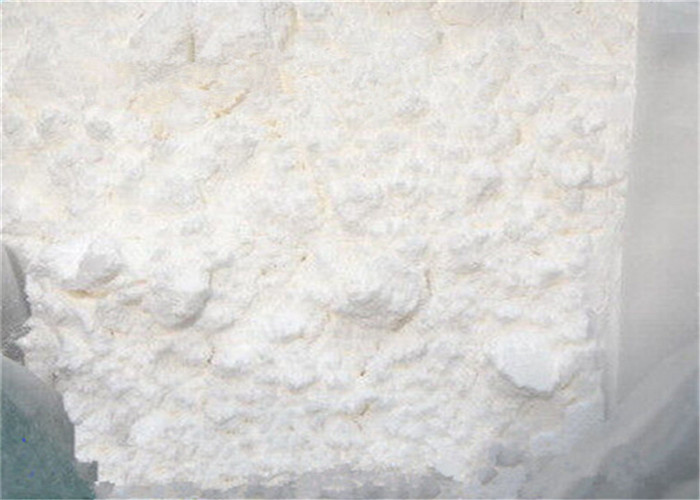
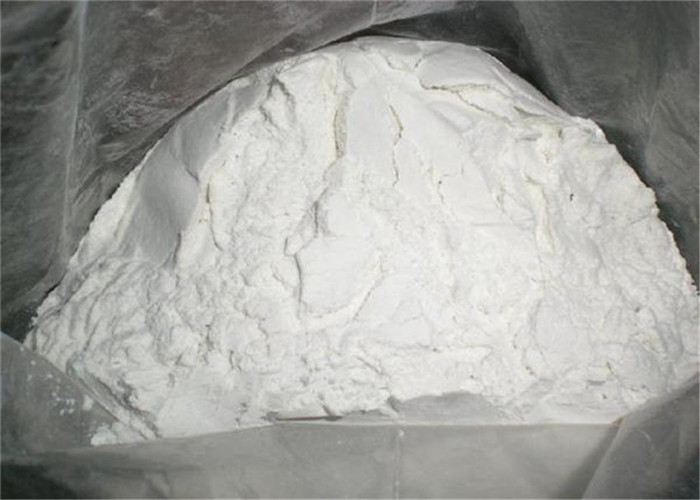
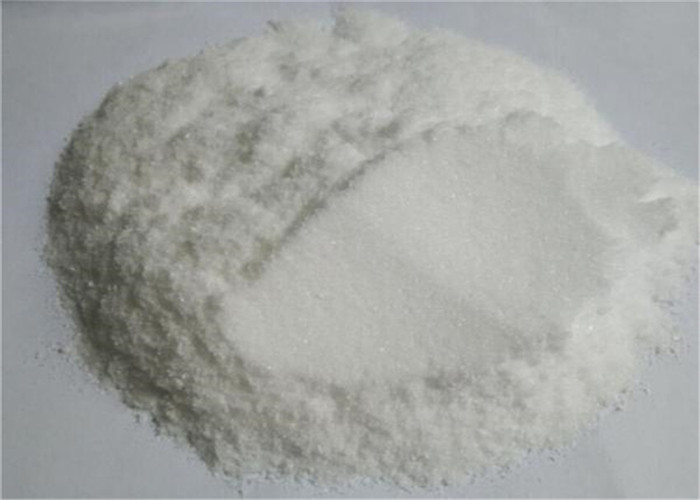
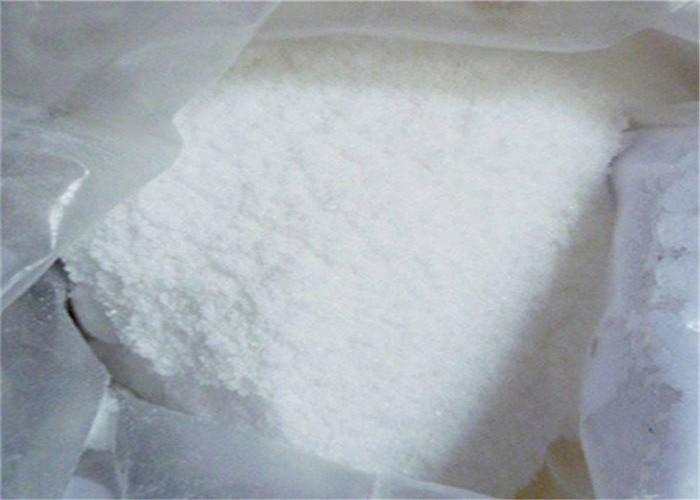
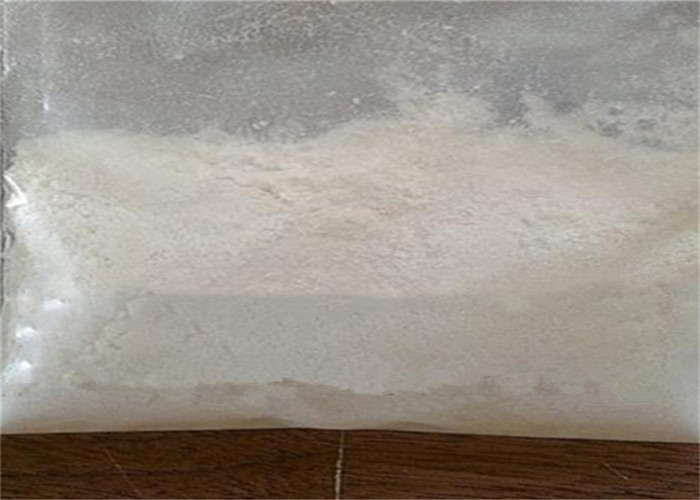
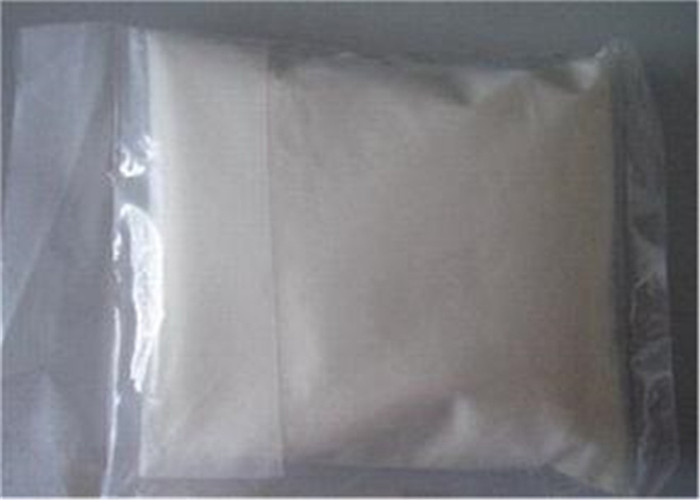



 Sales Manager
Sales Manager